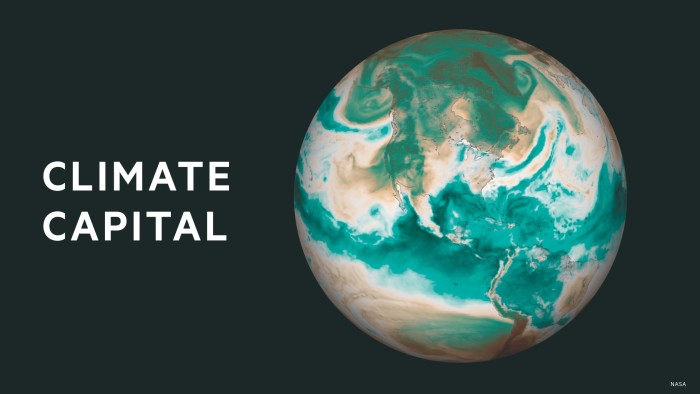The melting of the world’s glaciers is “accelerating alarmingly” to lose the equivalent of three Olympic swimming pools each second, with Europe’s Alps and Pyrenees the worst affected, research has found.
The study, carried out by 35 teams and published in the Nature journal, found that glaciers in the Alps and Pyrenees had lost about 40 per cent of their volume in less than a quarter of a century.
The research excluded the continental sheets of the Antarctic and Greenland, the world’s biggest ice masses, but concluded that glaciers in the rest of the world had lost 5 per cent of their volume between 2000 and 2023.
About 273bn tonnes of ice had disappeared each year on average — the equivalent to 30 years of water consumption by the world’s population.
Glaciers lost record mass in 2022 and 2023, the researchers said, years in which global warming worsened. The melting of glaciers is linked to increased risk of sea level rise, flooding and, as a later consequence, drought.

In a sign of the accelerating pace, the research showed that 36 per cent more ice melted from glaciers during 2012-23 compared with the 2000-2011 period.
Fabien Maussion, one of the international team involved in the study and associate professor in glaciology at the University of Bristol, said the research confirmed that “glacier mass loss is global and is accelerating alarmingly, as global temperatures continue to rise”. Last year was the hottest on record, following on from another record-breaking year in 2023.
The study was the first attempt, Maussion said, to combine various satellite observations from US, German and European space agency missions, ranging from optical and radar imagery to laser and gravimetry data, as well as ground observations, for a “clearer and more reliable estimate of glacier mass loss worldwide”.
“Given the accelerating pace of glacier retreat, these insights are crucial for assessing the impacts on sea-level rise and regional water availability in the coming decades,” said Maussion.
The research predicted further glacier loss, which could be considered the “canary in the coal mine” for the ice-sheet reaction to global warming and far more sea level rise this century, said Martin Siegert, professor of geosciences at the University of Exeter.
Melting has led to floods in some areas such as the Himalayas, where a village was wiped out last year by a glacial lake outburst.
Glaciers are also a vital source of fresh water for many communities, with their loss putting great stress on water supplies.
About 2bn people depend on meltwater from glaciers, said Professor Andrew Shepherd, head of the Department of Geography and Environment at Northumbria University. “Their retreat is a big problem for society — it’s not just that we are losing them from our landscape, they are an important part of our daily lives.”
Even “small amounts of sea level rise matter because it leads to more frequent coastal flooding,” he added. “Every centimetre of sea level rise exposes another 2mn people to annual flooding somewhere on our planet.”
Climate Capital

Where climate change meets business, markets and politics. Explore the FT’s coverage here.
Are you curious about the FT’s environmental sustainability commitments? Find out more about our science-based targets here




